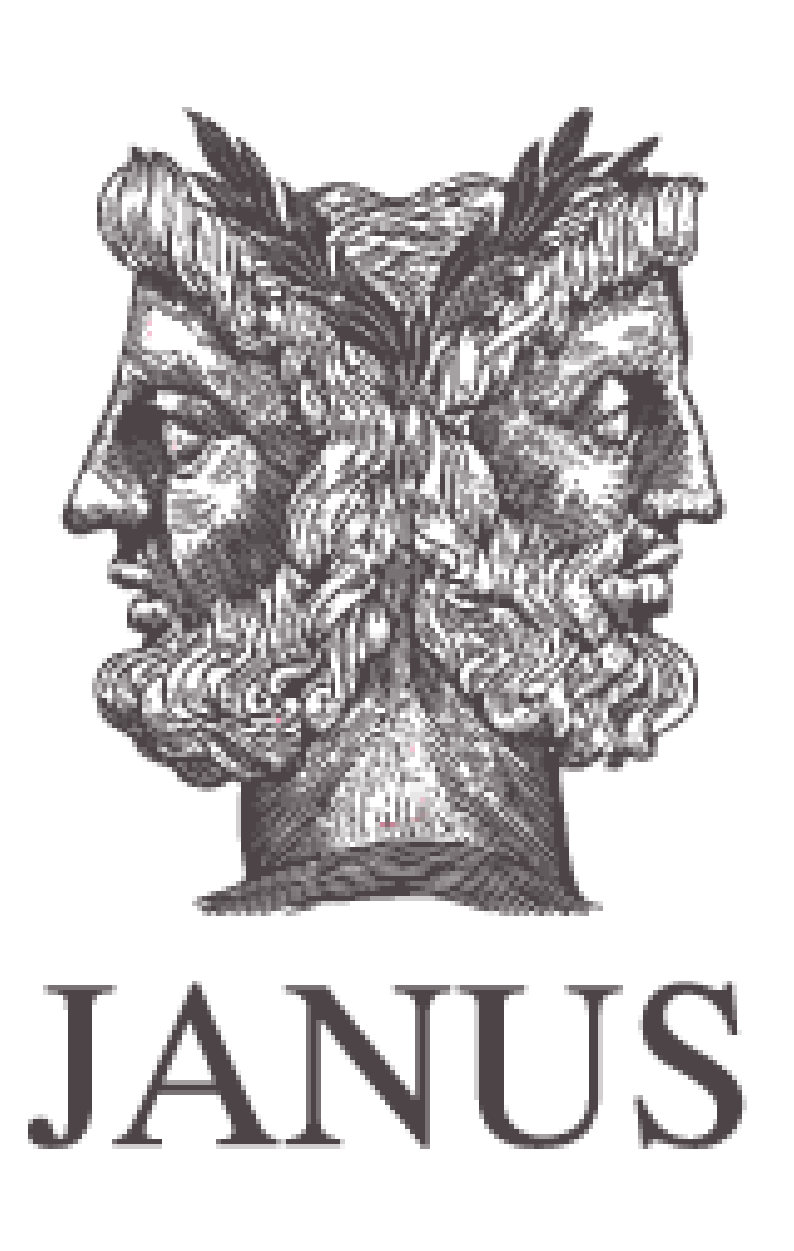Intelligence Value
The Janus program dramatically improved the performance of facial recognition software by increasing the speed and accuracy of identity matching. This was achieved not only for videos and images with properly lit, well-posed frontal facial images, but also when the illumination, observation angle, and facial expressions varied widely, such as in visual media or surveillance video.
Summary
Intelligence analysts may be called on to examine still images or video footage to identify subjects. With the proliferation of cameras everywhere, automated face recognition software is needed to handle the sheer volume of images and video. Historically, this software works best on well-lit frontal poses, such as passport photos. It is less accurate “in the wild” when lighting is poor, resolution is low, faces are obstructed, camera angles vary, and/or the facial expression is uncontrolled.
Launched in 2014, the goal of the Janus program was to revolutionize face recognition by fusing information available from multiple views from diverse sensors and visual media to deliver dramatic improvement in speed and accuracy. The program leveraged model-based matching and developed algorithms indifferent to subject pose, illumination, and expression. The Janus program ran for five years and concluded in July 2020.

